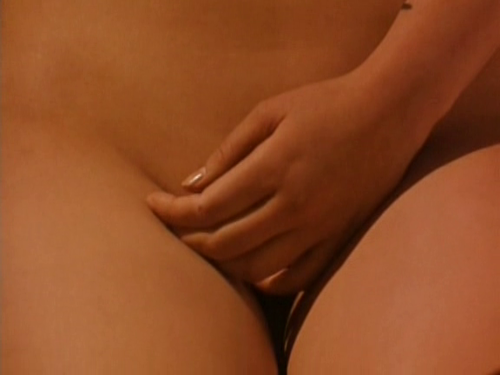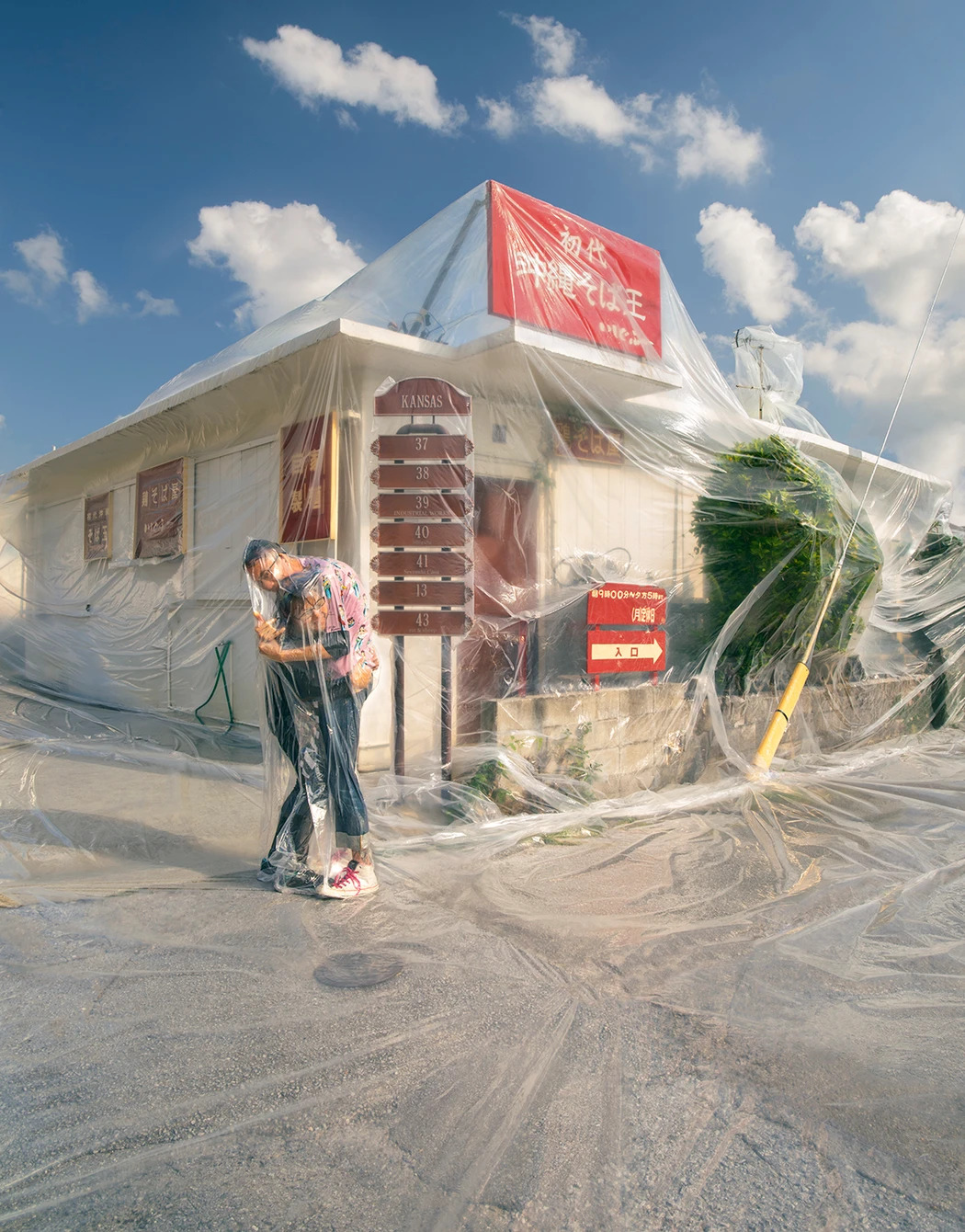
PETER GREENAWAY
بيتر غريناواي
彼得·格林纳威
פיטר גרינווי
ピーター·グリーナウェイ
피터 그리너웨이
Питер Гринуэй
The Pillow Book
Beautiful to behold and impossible to forget, THE PILLOW BOOK is auteur Peter Greenaway’s erotically-charged drama about love, death, revenge and the indelible nature of our earliest memories. Each year on her birthday, Nagiko (Vivian Wu) would became her father’s canvas, as he painted the creation myth in elaborate, elegant calligraphy on her body. Years later, she continues the practice with a succession of lovers, including a bisexual translator (Ewan McGregor) who becomes a pawn in an escalating game of vengeance against her beloved father’s exploitative publisher. Told in a series of chapters and featuring innovative cinematography and picture-in-picture techniques, Roger Ebert called THE PILLOW BOOK “a seductive and elegant story [that] stands outside the ordinary.”
cinema full




